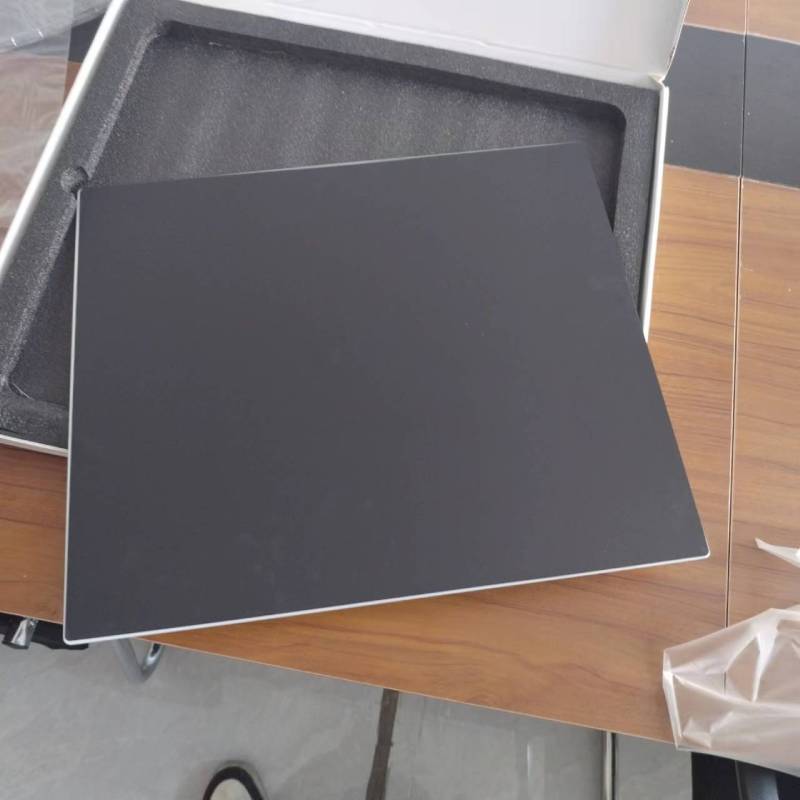Types of House Window Tint Enhancing Comfort and Aesthetics
In today's world, where energy efficiency and indoor comfort are top priorities for homeowners, window tinting has emerged as a popular solution. Not only does window tinting enhance the aesthetic appeal of a home, but it also provides several functional benefits. Understanding the different types of house window tint can help you make an informed decision that suits your needs.
1. Dyed Window Film
Dyed window film is one of the most commonly used types of window tint. This type provides a darkened view from the outside, enhancing privacy while reducing glare. The dye absorbs sunlight, which helps in reducing heat inside the house. Dyed window films are relatively inexpensive and easy to install. However, they may not provide as much UV protection compared to other types, and their effectiveness can diminish over time due to fading.
2. Metalized Window Film
Metalized window films are designed with a layer of metal particles that reflect heat and UV rays away from the home. This type of tint is effective in reducing glare, maintaining temperature, and protecting furniture from sun damage. Metalized films are more durable than dyed films and do not fade as easily. However, they can interfere with wireless signals, which is a consideration for homes that rely on Wi-Fi.
3. Ceramic Window Film
types of house window tint
For those seeking high performance without the drawbacks of traditional metallic films, ceramic window tinting is an excellent option. Ceramic window films use non-metallic, advanced ceramic particles that block heat and UV radiation. They allow for clear visibility while maintaining good heat rejection rates. This type of film is exceptionally durable and does not fade over time, making it a long-term investment. While ceramic films are generally more expensive than dyed or metalized films, their superior performance and lifespan justify the cost.
4. Reflective Window Film
Reflective window films offer a high level of privacy and glare reduction. They contain a highly reflective surface that bounces sunlight away, keeping your home cooler during hot months. These films work wonders during the day, blocking heat and UV rays while reflecting the exterior view. However, reflective films might not be ideal for homes that require a clear view of the outside. Moreover, the reflectivity can cause glare on the inside when illuminated by artificial light at night.
5. Low-E Window Film
Low-Emissivity (Low-E) films are designed to improve energy efficiency by minimizing heat transfer. This type of tint allows sunlight to enter while preventing the heat generated by the sun from warming the interior of your home. Low-E films can significantly reduce heating and cooling costs by helping maintain a consistent indoor temperature. They are also effective in protecting against harmful UV rays and offer a subtle aesthetic that complements most homes.
Conclusion
Choosing the right type of window tint for your home is crucial for maximizing comfort, enhancing energy efficiency, and maintaining aesthetic appeal. Each type of window film comes with its unique set of advantages and disadvantages. When considering window tinting, weigh factors such as cost, longevity, and performance in terms of heat reduction and UV protection. By doing so, you can create a more comfortable living environment while effectively safeguarding your interior furnishings from the elements. Whether you prioritize privacy, glare reduction, or energy savings, there is a window tint solution perfectly suited to your home’s needs.
 Afrikaans
Afrikaans  Albanian
Albanian  Amharic
Amharic  Arabic
Arabic  Armenian
Armenian  Azerbaijani
Azerbaijani  Basque
Basque  Belarusian
Belarusian  Bengali
Bengali  Bosnian
Bosnian  Bulgarian
Bulgarian  Catalan
Catalan  Cebuano
Cebuano  Corsican
Corsican  Croatian
Croatian  Czech
Czech  Danish
Danish  Dutch
Dutch  English
English  Esperanto
Esperanto  Estonian
Estonian  Finnish
Finnish  French
French  Frisian
Frisian  Galician
Galician  Georgian
Georgian  German
German  Greek
Greek  Gujarati
Gujarati  Haitian Creole
Haitian Creole  hausa
hausa  hawaiian
hawaiian  Hebrew
Hebrew  Hindi
Hindi  Miao
Miao  Hungarian
Hungarian  Icelandic
Icelandic  igbo
igbo  Indonesian
Indonesian  irish
irish  Italian
Italian  Japanese
Japanese  Javanese
Javanese  Kannada
Kannada  kazakh
kazakh  Khmer
Khmer  Rwandese
Rwandese  Korean
Korean  Kurdish
Kurdish  Kyrgyz
Kyrgyz  Lao
Lao  Latin
Latin  Latvian
Latvian  Lithuanian
Lithuanian  Luxembourgish
Luxembourgish  Macedonian
Macedonian  Malgashi
Malgashi  Malay
Malay  Malayalam
Malayalam  Maltese
Maltese  Maori
Maori  Marathi
Marathi  Mongolian
Mongolian  Myanmar
Myanmar  Nepali
Nepali  Norwegian
Norwegian  Norwegian
Norwegian  Occitan
Occitan  Pashto
Pashto  Persian
Persian  Polish
Polish  Portuguese
Portuguese  Punjabi
Punjabi  Romanian
Romanian  Russian
Russian  Samoan
Samoan  Scottish Gaelic
Scottish Gaelic  Serbian
Serbian  Sesotho
Sesotho  Shona
Shona  Sindhi
Sindhi  Sinhala
Sinhala  Slovak
Slovak  Slovenian
Slovenian  Somali
Somali  Spanish
Spanish  Sundanese
Sundanese  Swahili
Swahili  Swedish
Swedish  Tagalog
Tagalog  Tajik
Tajik  Tamil
Tamil  Tatar
Tatar  Telugu
Telugu  Thai
Thai  Turkish
Turkish  Turkmen
Turkmen  Ukrainian
Ukrainian  Urdu
Urdu  Uighur
Uighur  Uzbek
Uzbek  Vietnamese
Vietnamese  Welsh
Welsh  Bantu
Bantu  Yiddish
Yiddish  Yoruba
Yoruba  Zulu
Zulu 

